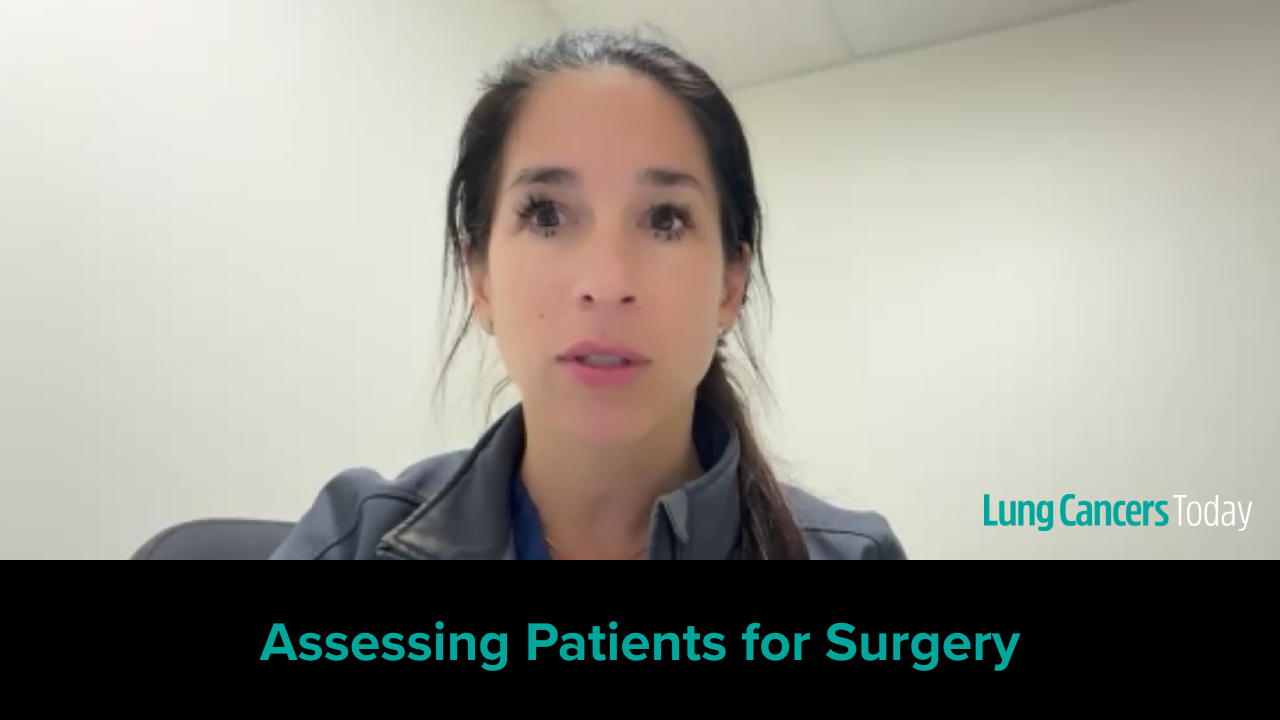
A study of lung cancer screening programs websites found that they tend to “lack balance” in their portrayal of potential harms and benefits associated with screening.
“The US Preventive Services Task Force recommends that individuals at high risk for lung cancer consider benefits and harms before pursuing lung cancer screening. Medical centers develop websites for their lung cancer screening programs, but to date little is known about the websites’ portrayal of benefits and harms or what next steps they recommend for individuals considering screening,” explained the researchers.
The study authors performed a cross-sectional content analysis of 162 lung cancer screening program websites: 81 for academic medical centers and 81 for state-matched community medical centers. Centers were randomly chosen among American College of Radiology lung cancer screening–designated centers. The primary outcome measure was website presentation of benefits (defined as “any description related to the potential reduction in lung cancer mortality”) and harms associated with screening. Harms were identified in line with US Preventive Services Task Force recommendations; among them were false positives, false negatives, overdiagnosis, radiation exposure, and incidental findings. Next steps recommended by the websites were evaluated as a secondary outcome.
Generally speaking, the websites focused more on the potential benefits of screening (n=159, 98%) as opposed to any potential harms (n=78, 48%) (P<0.01). Among those that did report potential harms, the most common one was false-positive findings (n=72, 44%); overall, they were more likely to be reported by academic centers (n=46, 57%) than community centers (n=32, 40%) (P=0.03), as well as those from radiation (35 [43%] vs. 20 [25%], P=0.01) and overdiagnosis (11 [14%] vs. 0 [0%], P<0.01). About a quarter of websites (73%) made no specific recommendations that patients take into personal consideration the possible harms and benefits associated with screening, with academic centers more likely than community centers to make this recommendation (28 [35%] vs. 15 [19%], P=0.02). Although the majority of institutions (n=157, 97%) provided follow-up steps for screening, far fewer (n=35, 22%) recommended that patients have discussions with a healthcare professional about possible outcomes associated with screening.
The findings of the study were published in JAMA Internal Medicine.
“Information on public-facing websites of US lung cancer screening programs appears to lack balance with respect to portrayal of potential benefits and harms of screening. Important harms, such as overdiagnosis, were commonly ignored in the sites evaluated, and most of the centers did not explicitly guide individuals toward a guideline-recommended, shared decision-making discussion of harms and benefits,” the researchers summarized.







 © 2025 Mashup Media, LLC, a Formedics Property. All Rights Reserved.
© 2025 Mashup Media, LLC, a Formedics Property. All Rights Reserved.